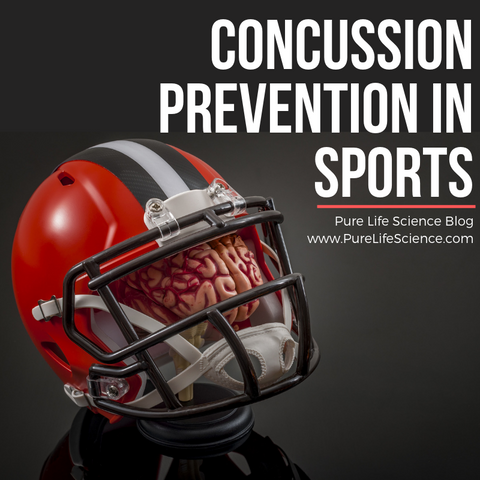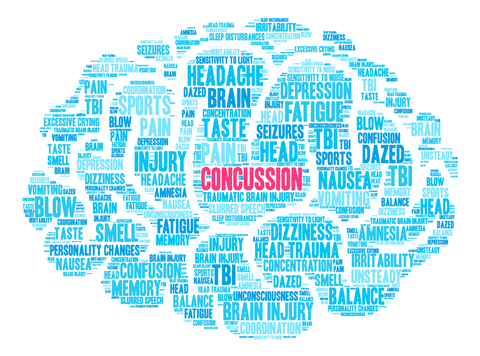Concussion Prevention in Sports

Hockey and football season is coming to an end, and as you might expect, concussions occur more often during this time of year. What you might not know, however, is that there has been an increase in concussions with long lasting effects in recent years. There is tremendous pressure on kids and young adults to return from concussions too early. The old standard of “Wake them up every two hours,” is not good advice. In fact, the full impact of a concussion may not be apparent for three months!
What is contributing to the increase in concussions with long lasting effects (e.g., depression, lowered mental capacity, poor sleep, poor concentration, headaches)? Are kids just that much bigger and faster? On the whole, I don’t think that’s the issue, and helmet design has never been better.

Concussions are caused by the acceleration-deceleration of brain tissue within the very non-flexible skull. When this injury occurs, an inflammatory cascade is triggered which lasts three months (Patterson & Holahan, 2012)! The inflammation mainly involves axons, which are surrounded by glial cells. Glial cells are mostly made of fats (70% of the brain is fat), which act as the insulation for all the wiring. We now consume mostly adulterated fats (processed vegetable oils and processed fish oils). If the brain has poor insulation, it is much more susceptible to injury and inflammatory changes (i.e. concussions). Now, no study has looked at diet-brain injury connection, but it does stand to reason that if our insulation is optimized, we may be protecting ourselves—and our kids—from major effects caused by minor head injuries.
Diets and/or supplements containing unadulterated essential omega-6 and omega–3 fatty acids like Pure Form Omega® Natural may help build better brain insulation. Fueling your brain and body with the right fats/essential fatty acids is just as important as doing the right exercises/training.
REFERENCES
Patterson, Z., Holahan, M. (2012). “Understanding the neuroinflammatory response following concussion to develop treatment strategies.” Frontiers in Cellular Neuroscience, 6 (58), doi: 10.3389/fncel.2012.00058.
